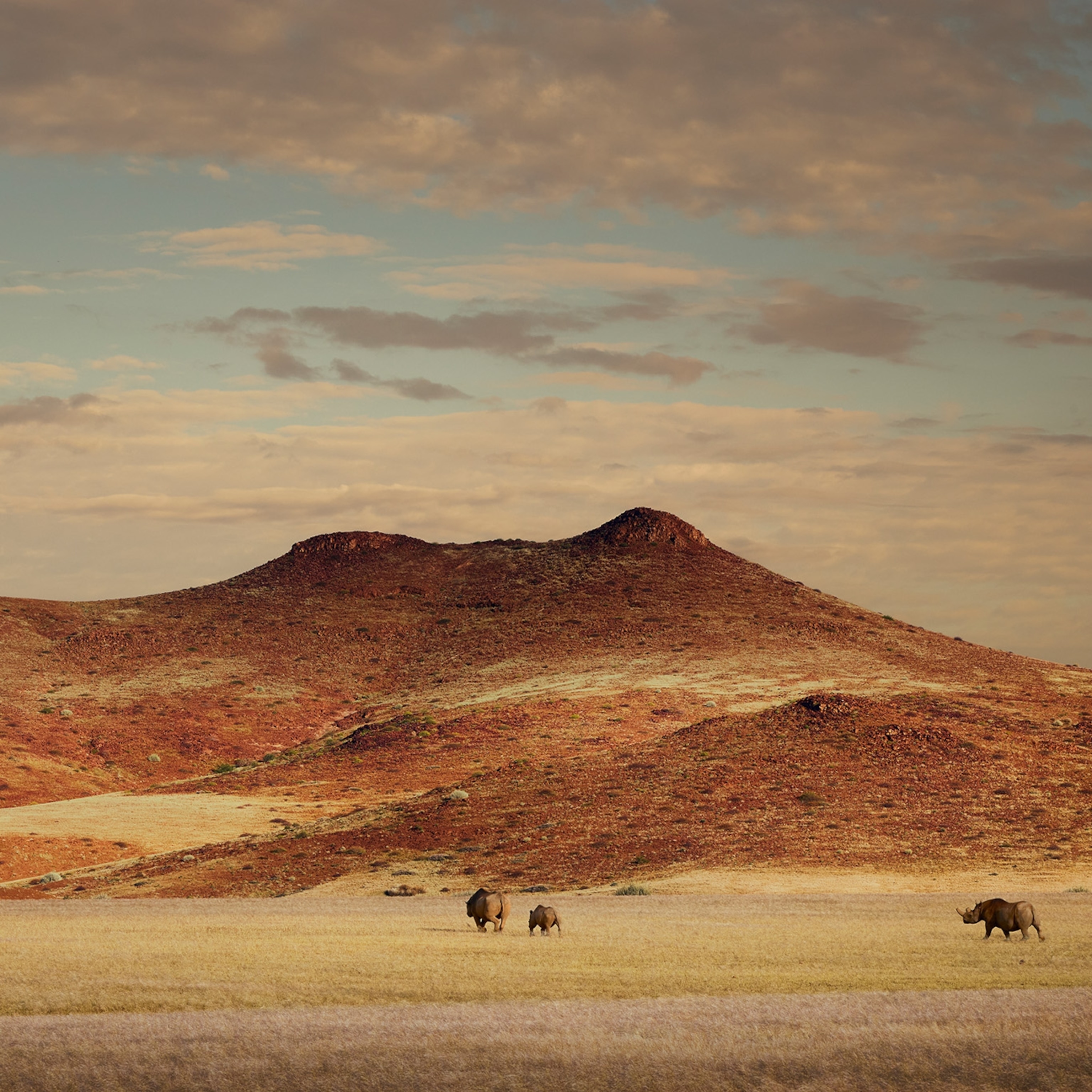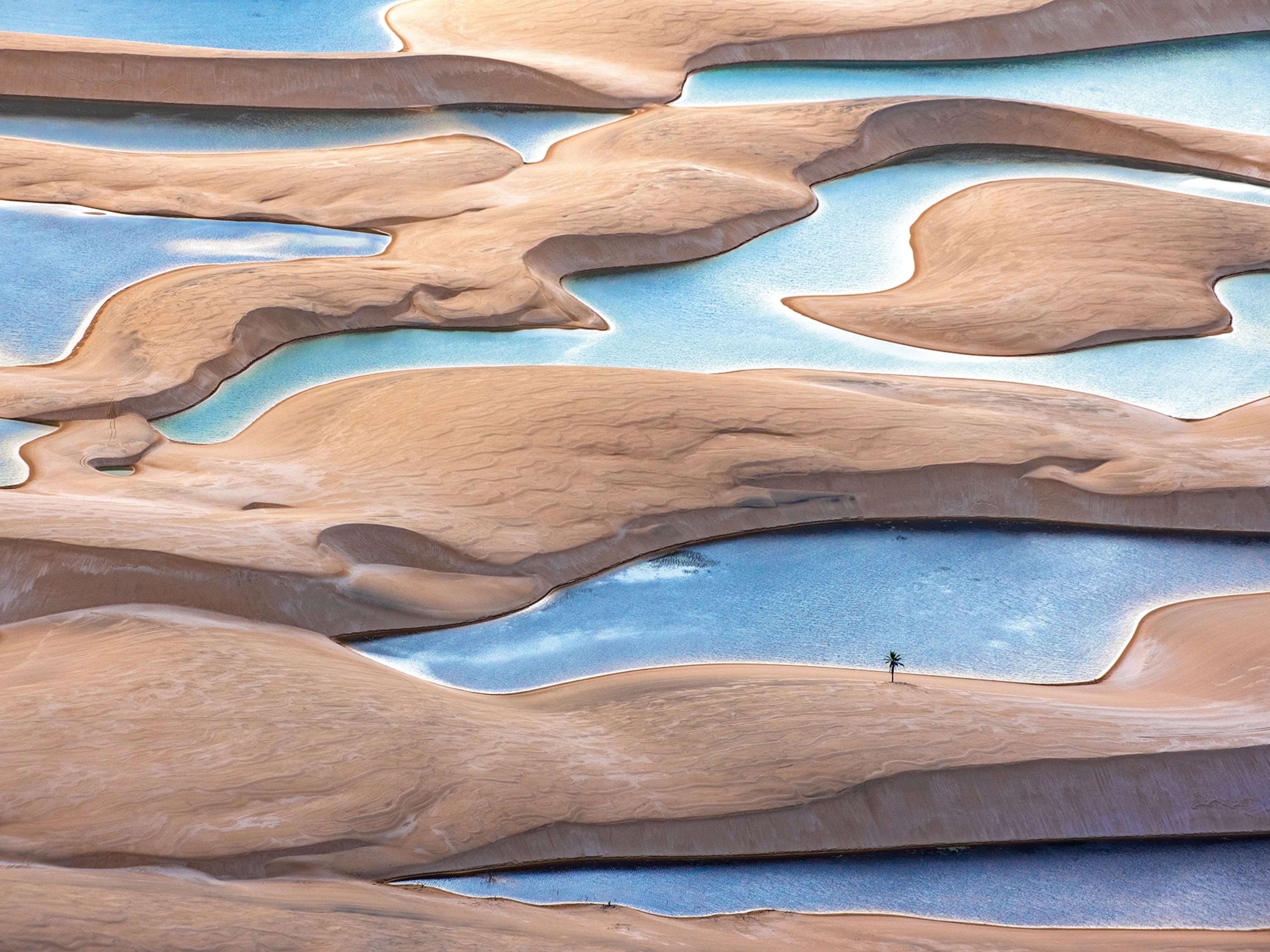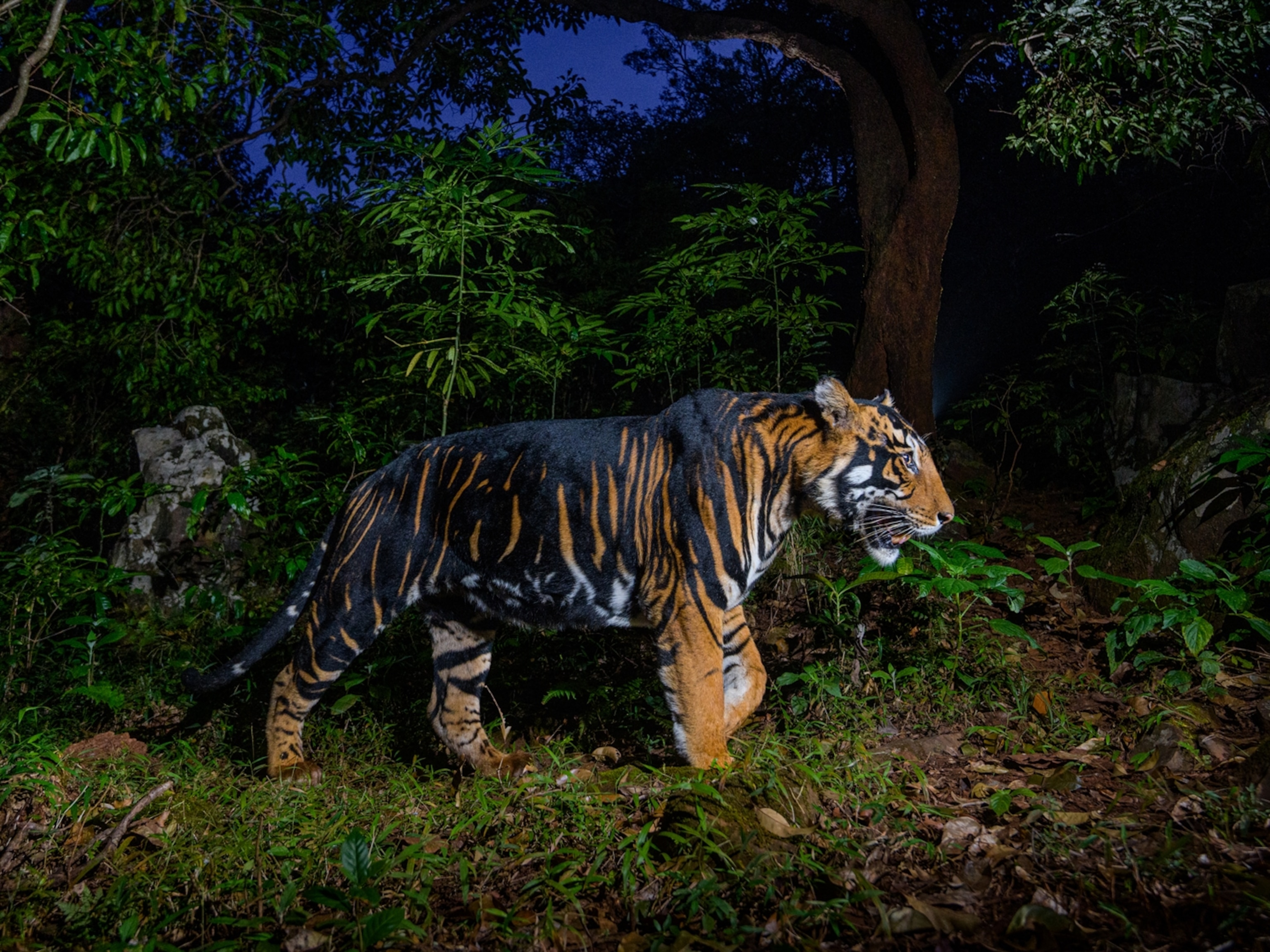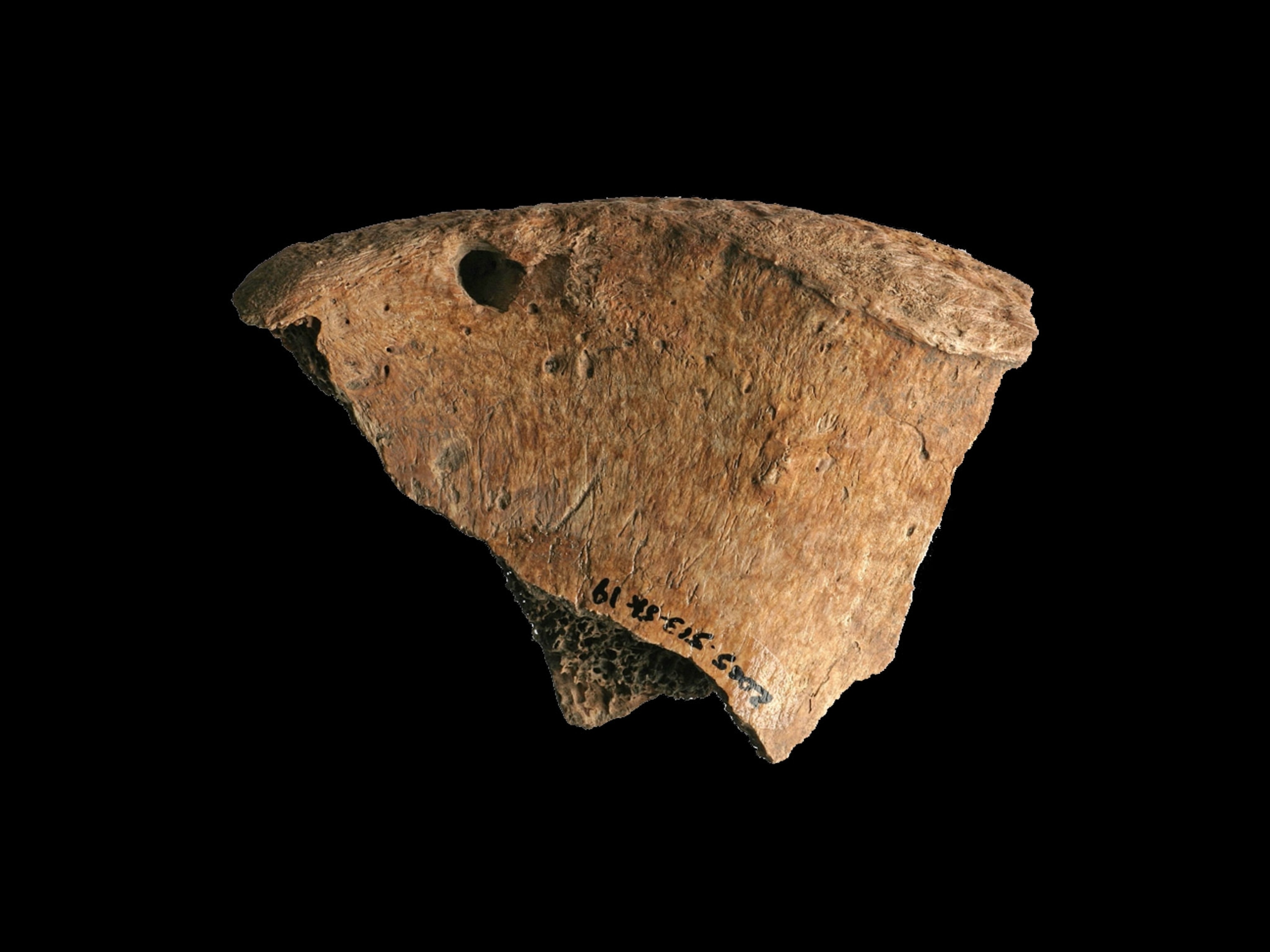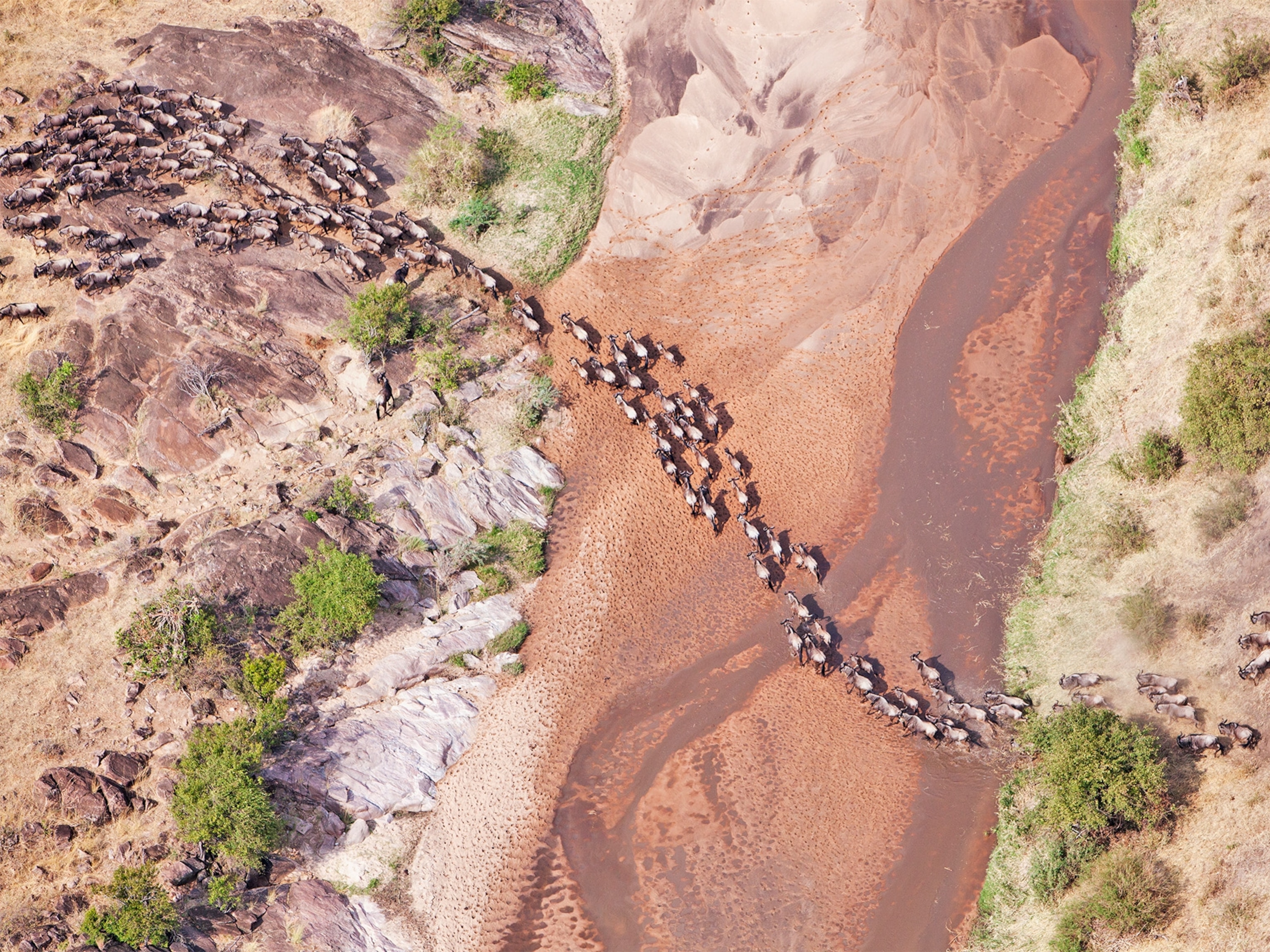I set out to witness the world's most incredible wildlife spectacle—here's what happened
The annual Great Migration of millions of wildebeest and zebras across the plains of the Serengeti is one of the world’s superlative natural events — but finding it isn’t always easy.

“It’s not a mathematical calculation,” says my seasoned guide Allan Dawson, his brow furrowing as he smooths out a giant battered map of migration patterns over the dinner table. A bite-sized pakora in one hand, he points with the other to where we are in the far northwestern corner of Tanzania, just below the border with Kenya’s Maasai Mara. And then his finger moves south, down below the Mara River — famed for its dramatic animal river crossings — and down further still, to the central Serengeti. It’s here, he says, that the herds of wildebeest and zebras have stopped.
It’s the first day of a trip to witness the Great Migration, in which the herds make their annual pilgrimage north across the 5,791sq-mile Serengeti National Park in search of green pastures. The event draws thousands of safari-goers to Tanzania between June and September each year, but there’s just one problem: the millions of animals I was expecting to see on my camp’s doorstep aren’t here yet. Allan tells me they’ve paused further south, thanks to an unexpected onslaught of rain that’s replenished the fresh grasses they feast on.

“I’ll make some calls,” he promises, baseball cap in hand, leaving me to ponder my poor timing by the campfire of Kichakani Camp — a mobile tented safari lodge that will be my home for the next three days. It changes location twice a year to give guests the best chance of catching the migration, packing up wholesale and leaving nothing but an imprint in the tall grasses. But, as I’ve found out, nature doesn’t always run to time.
“Most people think the term migration means constant movement. But they need to eat, they need to relax, to frolic, lie down. I often get asked, ‘but Allan, why aren’t they moving?’,” says my guide the next day with a chuckle. We’ve hatched a plan: to spend a day heading south as far as we can in search of the herds. But first we intend to take some time exploring the area surrounding our camp. Through his earpiece, Allan has heard crackly whispers of lion prides and leopards up balanite trees from his circle of tracking friends.
As our vehicle bumps across the savannah, it dawns on me that the Serengeti is as much a natural wonder as the giant herds that sweep through it each year. The grasses are unexpectedly mesmeric when the sun shines, glowing so brightly it’s almost blinding. They sway in unison like the rolling waves of a giant inland sea on the horizon. Up close, I can see a profusion of different blades, among them spear grasses, like tiny sheaves of corn, and red oat grasses that give the landscape a slightly pinkish tinge when seen in giant swathes. “Very nutritious for the herds,” says Allan of the latter as their floral-like heads poke through the open side of our Land Cruiser. The grasses create a swishing symphony as our vehicle gently pushes its way through them, down almost imperceptible tracks, like the sound of a fast-flowing waterfall.
It’s these tall grasses that cloak our first big cat sighting: a lion, sunk low among the blades to protect his kill from a pack of hyenas we’d seen loping along in our wake. The maned predator can’t be seen, but we can hear the rip of flesh and the crunch of bones as loud as if he was sitting in the back of our car. Our next cat is far easier to spot, raised as if on a pedestal in one of the Serengeti’s iconic lone, umbrella-like balanite trees. It’s a female leopard, regally enthroned in the crook of the trunk with her paws out in front of her like a domestic cat.

When we pull up, we’re close enough for Allan to notice she’s twitching. “I think she’ll come down soon — the bees are disturbing her,” he says in a low tone, pointing towards an almost-hidden hive higher up the tree. Sure enough, it isn’t long before she’s shimmying down the tree, leaping the last few feet like a muscular acrobat and disappearing into the long grasses. The white tip of her tail, raised high in the air like a flag, is the only remaining trace as she stalks away.
Less difficult to keep track of are the 10ft crocodiles we find comatose at dusk, territorially guarding sandbanks of the Mara River. “This is one of the deadliest rivers in the world,” says Allan, as we park up on a peaceful promontory for a sundowner. “The crocs can go a while without eating, so when the migration arrives, they think ‘let’s feast!’” As we sit with a beer overlooking the murky water, he describes the chaos that descends when up to two million animals arrive in waves to cross the river.
It’s a story of cliff-jumping suicides, drownings and panic. “The river crossing is the most stressful thing for the animals. They might stand there for hours observing the water. Is that a rock or a crocodile?” he explains. “Once one goes in, everybody wants to go. It’s very urgent.” It’s this cruel drama — with animals scrambling over wet rocks and slippery, steep riverbanks to continue their quest north — that’s made river crossings the primary target for travellers coming to see the Great Migration. But fame has come at a cost; every year now, there are accounts of 4WDs — sometimes more than 60 at one crossing — creeping too close to the river’s edge. As they clamour for the best view, they spook wildebeest, block river exits and inadvertently separate mothers from their calves, who then fall prey to waiting predators.
There’s nothing disappointing about the Serengeti minus a Great Migration river crossing though, I think as we drive away from a blood-like sunrise the next morning. Herds of skittish Thomson’s gazelles, twizzle-horned kudus and broad-shouldered topis stare as we pass, our eyes still bleary with sleep. A line of elephants runs across the horizon, trunk to tail, clearly spooked by something. Due to a collapsed bridge at the Mara River, we have to exit the national park and drive around its western circumference to access the area further south where Allan has heard the giant herds are congregated. It isn’t long before we’re kicking up dust on rutted roads, past clusters of small mudbrick rondavel houses with thatched conical roofs and small fields of corn for gardens.

Three hours later, we’re back inside the national park, feeling dust-whipped, but hopeful as we come upon a herd of zebras. “Usually, the wildebeest and zebras travel together, so that’s a good sign,” says Allan. One of the zebras is limping, a deep wound to its haunch tinging the white fur a rosy pink; the stamp of a close shave with a predator. Pushing onwards, Allan explains, “It’s always about safety in numbers — ‘you watch my back and I’ll watch yours’. There are usually about 400,000 zebras to around 1.6 million wildebeest.” The reason why these two species migrate, and others don’t, is because they’re pure grazers, eating and drinking in huge volumes. “The other mammals are browsers — they switch to trees and branches when grasses dry up.”
Increasing numbers of wildebeest start to appear by the side of the road. Then, long ribbons of zebras come into view on the flanks of distant hills. “I think they’ve just arrived. You see they’re heading that way, north, toward the Kenyan border?” says Allan. “They take the highlands, overlooking the lowlands where the predators and water are. They’ll have a look before they head down to the water around midday. It’s very smart.”
Finally, we’re forced to a standstill as the road disappears in a torrent of hooves. There are animals behind us, in front, to the side. The zebras bark like dogs as they nip each other. The thick-horned wildebeest males honk like geese as they corral their harems of females. “They never stop calling, even during the night. That’s why the lions can find them so easily,” says Allan.
There are perhaps 2,000 animals around us, and I watch them with a mixture of awe and sadness, knowing their greatest challenges still lie ahead at the Mara River. Just after midday, the crowds thin and we watch the animals shuffle off to natural springs a little further down the valley to drink — just as Allan said they would. Nature doesn’t always play by the rules, but some things run like clockwork after all.
How to do it
This story was created with the support of Abercrombie & Kent.
To subscribe to National Geographic Traveller (UK) magazine click here. (Available in select countries only).

